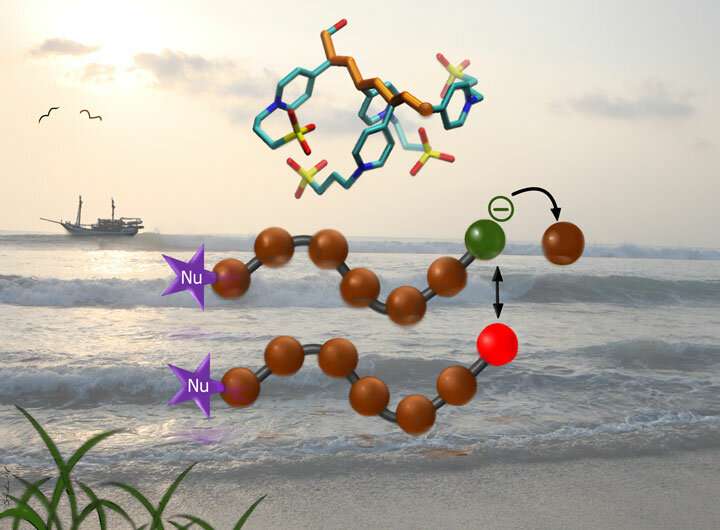An easy route to polymer coatings with potential use in biofouling prevention

A simple method for growing non-toxic antifouling polymer coatings has been developed by A*STAR researchers. This could lead to longer lasting coatings suitable for use over large surfaces, such as ship hulls or medical devices.
The buildup of microorganisms on surfaces is a challenge for both the shipping and biomedical industries. Some popular antibiofouling polymer coatings are subject to oxidative degradation in sea water, which renders them ineffective over time. Zwitterionic (molecules with both negative and positive charges and a net charge of zero) polymer coatings, which resemble carpets of polymer chains, have been attracting attention as potential alternatives, but currently must be grown in an inert environment without any water or air. This precludes them from large area applications.
A team led by Satyasankar Jana at the A*STAR Institute of Chemical and Engineering Sciences has discovered how to grow zwitterionic polymer coatings in water, at room temperature, and in the presence of air, which would allow them to be used on a much larger scale.
"It was a serendipitous discovery," explains Jana. His team was attempting to grow zwitterionic polymer coatings, with the widely used synthesis method called atom transfer radical polymerization, when they realized some reactions were not yielding the expected products. An amine, acting as a ligand on the catalyst used in the reaction, was unexpectedly found at the end of the polymer chains. "It took some time and a series of experiments to unfold the mystery [of how it got there]," Jana explains.
Reaction kinetics observations, nuclear magnetic resonance spectroscopy (NMR) and other analyses suggested that the amine kick-started the polymerization reaction via an anionic mechanism. These so-called anionic polymerizations are notoriously intolerant to water, methanol and air but Jana's polymers were growing in the presence of all three, making the team doubt their findings. They turned to computer models to see what was going on.
"Density functional theory calculation results confirmed the proposed anionic polymerization mechanism," he says. "This is the first ever example of an anionic solution polymerization of a vinyl monomer in aqueous media at ambient aerobic conditions."
His team has now used this approach to synthesize polymer coatings from four zwitterionic monomers and a number of anion initiators, some not amines. "In future we will use this methodology to generate anti-biofouling polymer coatings on large surface areas using a spray or dipping method," says Jana. They also plan to investigate the fouling-prevention efficiency of these coatings for marine and biomedical applications.
More information: Satyasankar Jana et al. Nucleophile-initiated anionic polymerization of zwitterionic monomers derived from vinylpyridines in aqueous media under ambient aerobic conditions, Polymer Chemistry (2018). DOI: 10.1039/c8py00520f





















